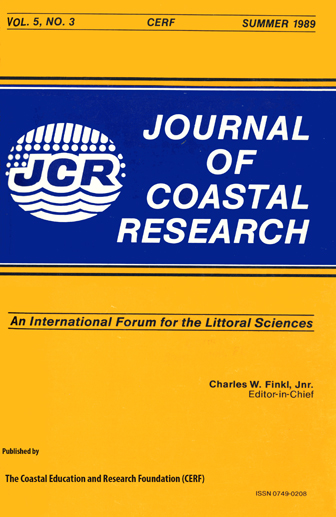Tide Gauges of India
Keywords:
sea level, land subsidence, monsoonal floods, storm surges, India, BangladeshAbstract
India contains most of the tide-gauge stations of the northern Indian Ocean from which mean annual relative sea levels can be computed for estimating long-term trends. However, two records are too short, five have poor statistical confidence, and four appear to be much influenced by episodic high sea levels caused by cyclonic storm surges or monsoonal floods, or alternately by poor tide-gauge recordings. The five remaining station records that appear usable (three on the west coast and two on the east coast) reveal trends between + 1.3 and -2.1 mm/year change of land level relative to sea level with an average of minus 0.7 mm/year, indicating relative sinking of land. The evidence is unclear whether these records document real sinking of land or real eustatic rise of sea level. Regardless of the present cause, increased submergence may be expected in coming decades owing to higher temperatures (greenhouse effect of worldwide burning of fossil fuels) that can expand the volume of ocean water as well as augment the return of glacial meltwater. The making and study of repeated precise leveling surveys on land combined with information from advanced geodetic technology may quantify the relative roles of sinking coastal land belts relative to inland areas (subsidence of coasts) versus increasing volume of ocean water causing intrusion of the ocean.


